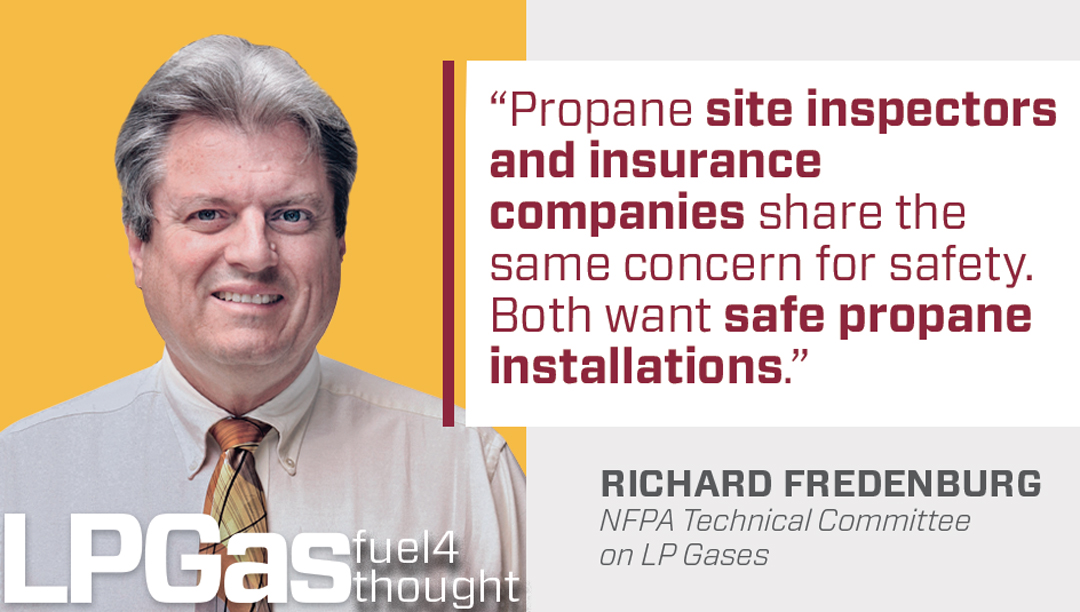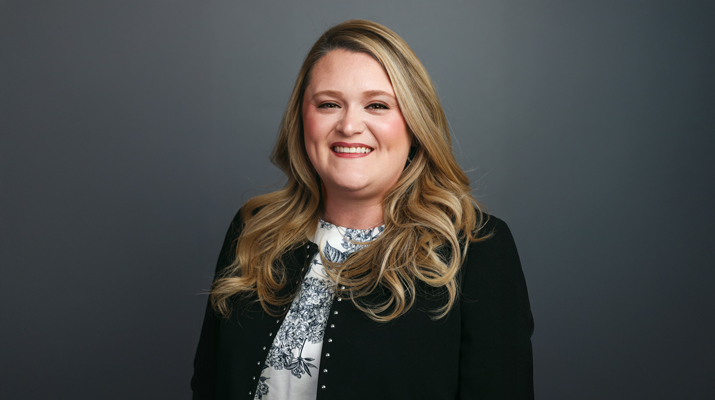Insurance contributes to propane safety
Propane site inspectors and insurance companies share the same concern for propane safety.
Both want safe propane installations. The driving reasons for safety are slightly different, but they hinge on the same concerns: protecting life and minimizing losses.
Safety inspectors who enforce the LP gas code, or their state’s version of it, are looking for compliance with the code. They deem the code to be the authority, and compliance with it is mandated by their rules and regulations. Inspectors often have little room to stray from the written word unless the wording is flexible enough for an interpretation.
There is little, if any, consideration for costs. The state asserts that costs for equipment, maintenance and personnel should be included in the cost of doing business. That includes the cost of insurance premiums.
Insurance motives
Our state requires anyone who sells or transports LP gas or installs, services or adjusts LP gas equipment to be licensed. To get that license, they must provide an application and proof they have the required amount of liability insurance.
Insurance companies are in business to make money by providing a product that people need to protect themselves from catastrophic financial loss. The wide range of insurance companies offer an even wider range of products. We’ll limit this discussion to general liability insurance for propane marketers, possibly part of a commercial package also including property and commercial auto coverage.
Insurance companies walk a tightrope when it comes to insuring businesses that are involved with hazardous materials. They need to evaluate the risk to themselves should something go wrong. They look at the quality of the facilities (e.g., office, warehouse, propane bulk plant, dispensing station) they have been asked to insure. They look at the dealer’s loss history and risk management practices, such as provision of duty-to-warn information to customers, consumer installation inspections and completion of leak checks in out-of-gas and other interruption-of-service situations. Then they decide the premium and benefits amounts. The premium is based on their determination of probability and amount of loss and may be based on that company or on a pool of similar companies.

Current event
A fire at a propane dispensing company illustrates some of the uncertainties for insurance companies. This site had two dispensers for filling cylinders or vehicles and for a cylinder exchange program. It also has a bobtail for deliveries as part of a larger company serving the area. A parking lot on one side and a nonprofit company on the other hem in the site.
The region is experiencing high temperatures, so container temperatures and, thus, pressures were high, probably close to the start-to-relieve pressure for the ASME tanks on-site. Cylinder pressures were equally high, but the higher set point for their relief valves should have prevented them from relieving if properly filled.
The event that initiated the fire is still undetermined.
Three 1,000-gallon tanks serving two dispensers, one bobtail and many cylinders made up the propane storage at this site. With this concentrated inventory, it probably would not surprise the insurer that the site could be lost in the event of a fire. Did the insurer imagine the parking lot would have its building and 30-plus cars incinerated and total losses? Or that the nonprofit building and some cars would be damaged? Witnesses and news videos reported many flying cylinders, some leaving the property. Was this scope of damage anticipated?
I’m told that the fire department’s rapid response and its ability to extinguish the fire quickly contributed to no injuries and contained the damage. This well-equipped fire department put its assets to good use. I’m sure the insurance company appreciated this response.
Richard Fredenburg is an LP gas engineer at the North Carolina Department of Agriculture and Consumer Services, Standards Division. He is also a member of NFPA’s Technical Committee on LP Gases. Contact him at richard.fredenburg@ncagr.gov or 984-236-4752.
NOTE: The opinions and viewpoints expressed herein are solely the author’s and should in no way be interpreted as those of LP Gas magazine or any of its staff members.
















